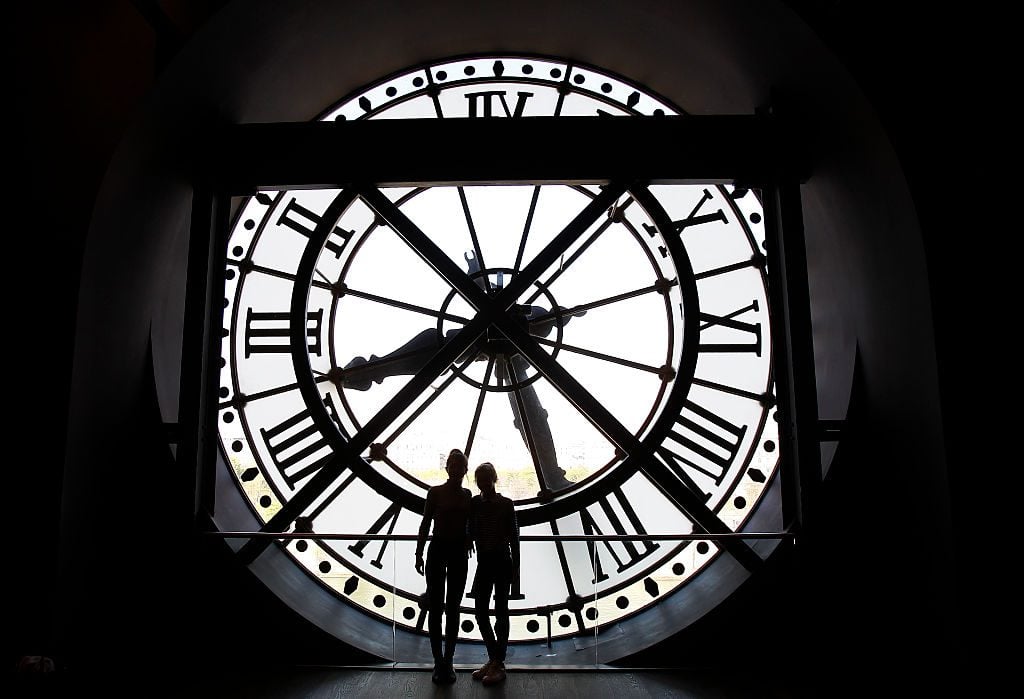Galleries
The French Government Is Giving Commercial Art Galleries €2 Million to Help Keep Them Alive Through Lockdown
The country is switching up its strategy to support its art scene.

The country is switching up its strategy to support its art scene.

Naomi Rea

As galleries around the globe face an unprecedented squeeze, the French government has hatched a novel plan to support them. It will offer around €2 million ($2.4 million) worth of aid directly to struggling midsize galleries.
The approach marks a shift from last year, when the country’s €2 million arts-specific relief fund focused mainly on making art purchases for French institutions.
The budget for culture recovery allocated by the National Center for the Visual Arts, CNAP, has been increased to €3.8 million ($4.6 million) for 2021. While some of that will continue to offer direct support to individuals and projects—a portion has been set aside for grants to arts professionals in financial difficulty and €200,000 ($243,042) will still be available for acquisitions—the bulk of the budget will be distributed directly to galleries.
CNAP says it will distribute €2 million to primary-market contemporary art galleries that have an annual turnover of between €80,000 and €800,000 ($97,216 and $972,168)—which is to say, the vast majority. (A 2013 study by the Ministry of Culture found that just 12 percent of French galleries had a turnover of more than €1 million.)
Marion Papillon, president of the French trade association Comité professionnel des galeries d’art, which worked with CNAP to review the aid package, explains that the shift in focus to direct aid lightens the load on the small administrative body. While last year’s emphasis on acquisitions was a good way to provide support to both galleries and artists, it proved burdensome for the organization to manage additional storage, inventory, and distribution.
Additionally, Papillon says, the country needs to take the long view on its cultural scene and understand galleries as more than ordinary businesses. “Galleries, like other businesses, benefit immediately from cross-sector emergency financial aid, but they will encounter difficulties in the medium- and long-term if they do not continue to organize large-scale projects, and take risks with exhibitions that will advance the French art scene,” she says. “Artists also benefit long-term from visibility in publications, art fairs, and exhibitions at home and abroad.”
A committee will meet three times this year to determine how to distribute the aid. The deadline for the first round of applications was in December. The first meeting will be held on February 9, followed by subsequent rounds in June and October.
Papillon’s organization plans to release a new study on the impact of the current crisis at the end of the month—and the picture is bleak. After France’s second lockdown in December, overall gallery turnover is down between 40 and 50 percent.
“We have observed that the difficulties are being experienced by all types and all sizes of galleries,” Papillon says. “Of course this balances out a little because there are galleries who are doing well, but there are also galleries that are experiencing very heavy losses of around 70 percent.”
Some of her member galleries have been forced to close their doors permanently, and many are bracing for tough months ahead as it is looking less and less likely that many art fairs will be held in the first part of the year.